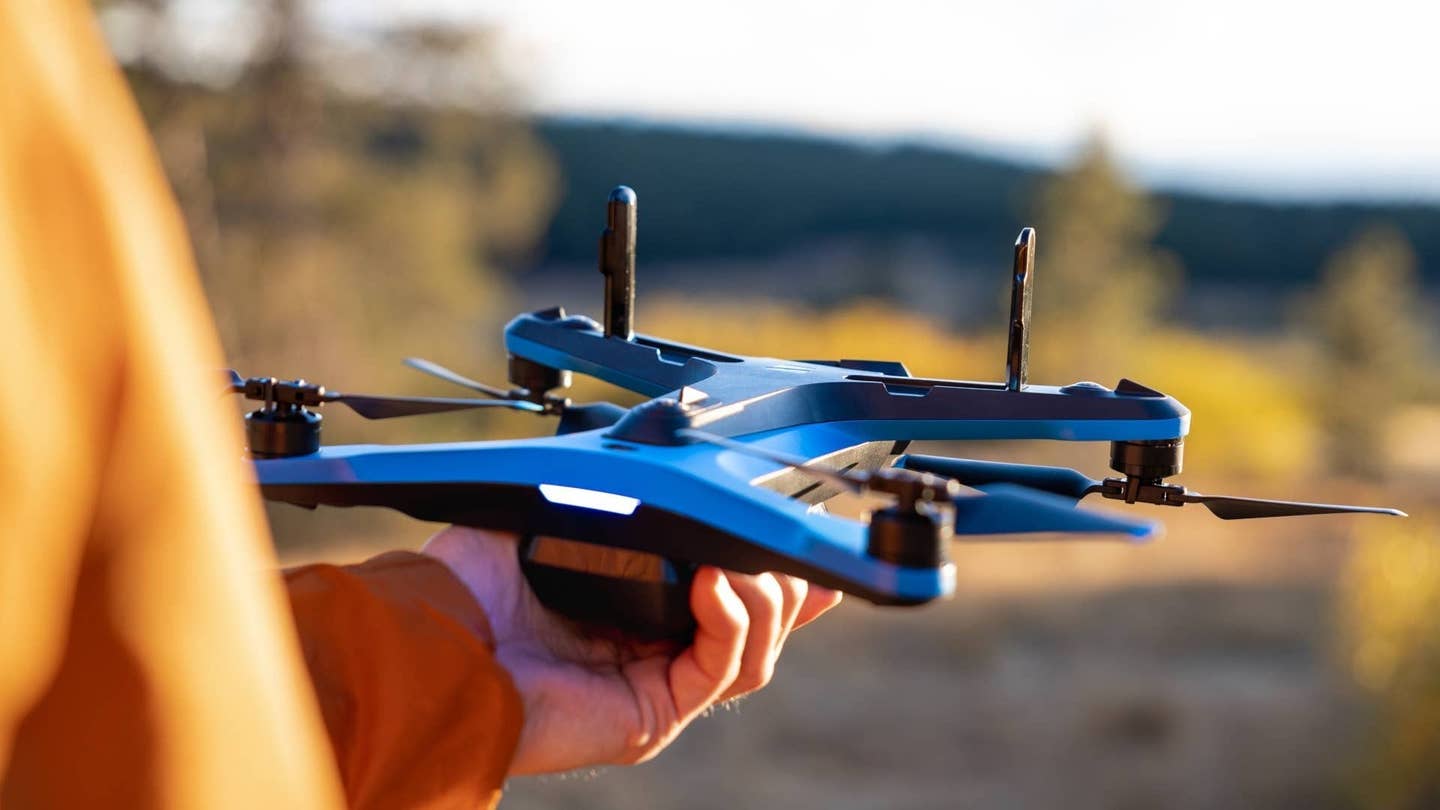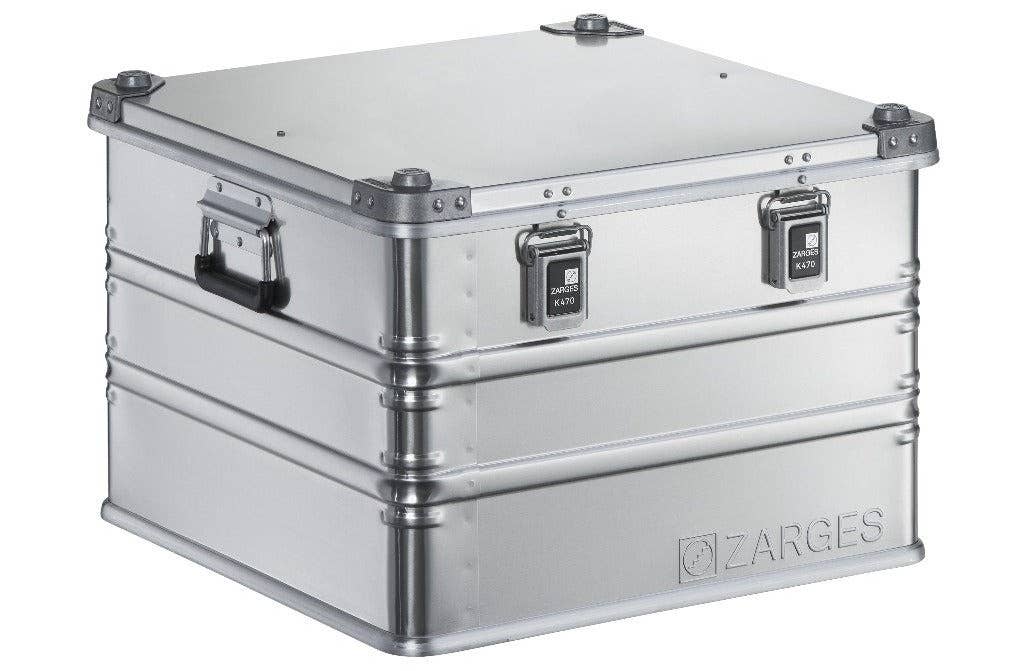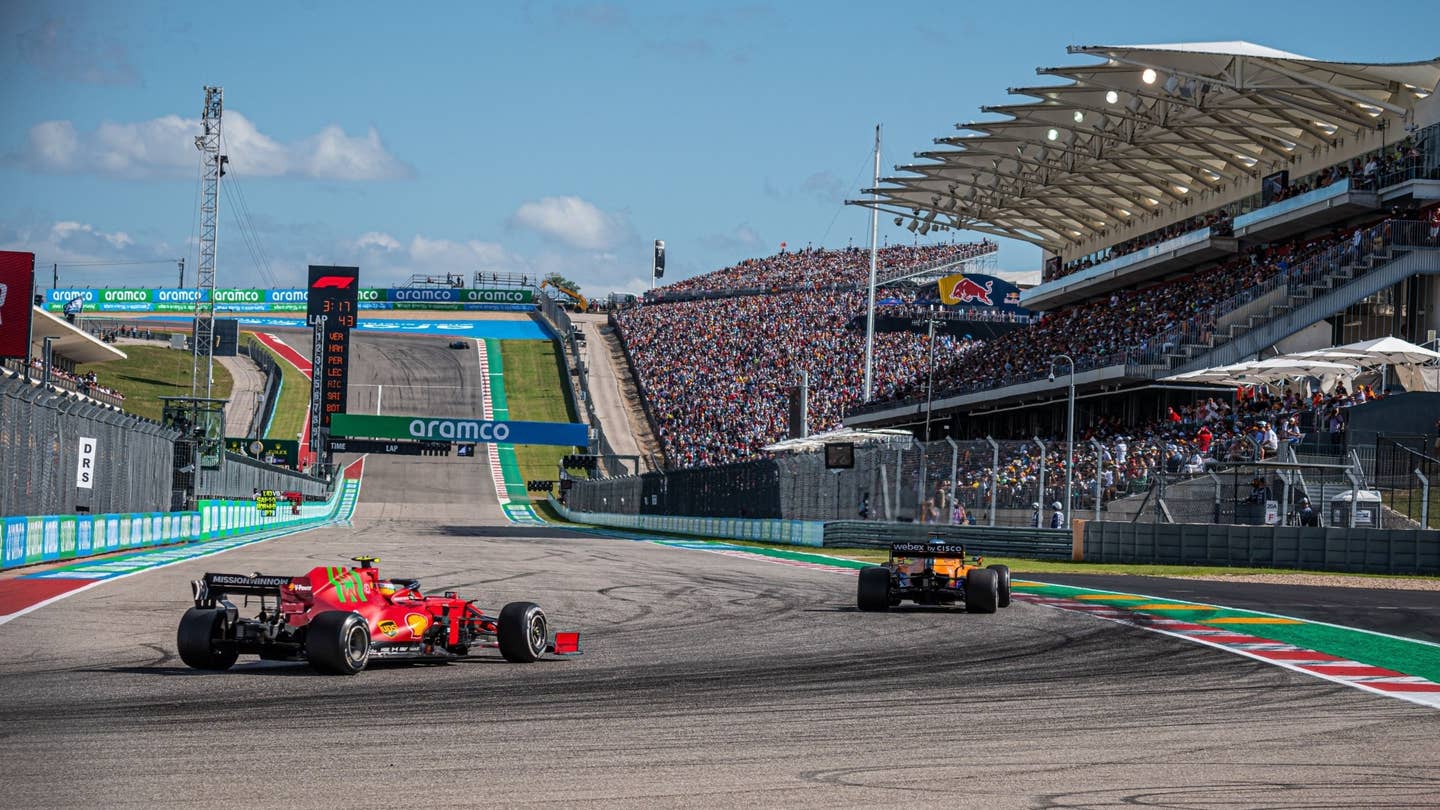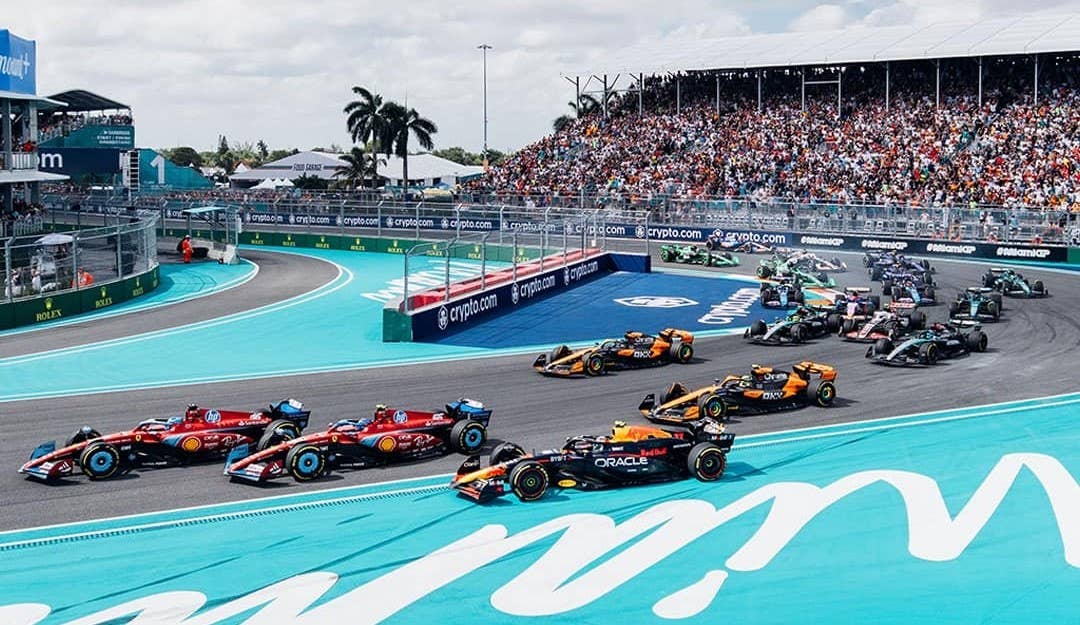How to Price Your Drone Services and Land High-Paying Clients
From startup to success, here’s how to master drone service pricing for a profit.
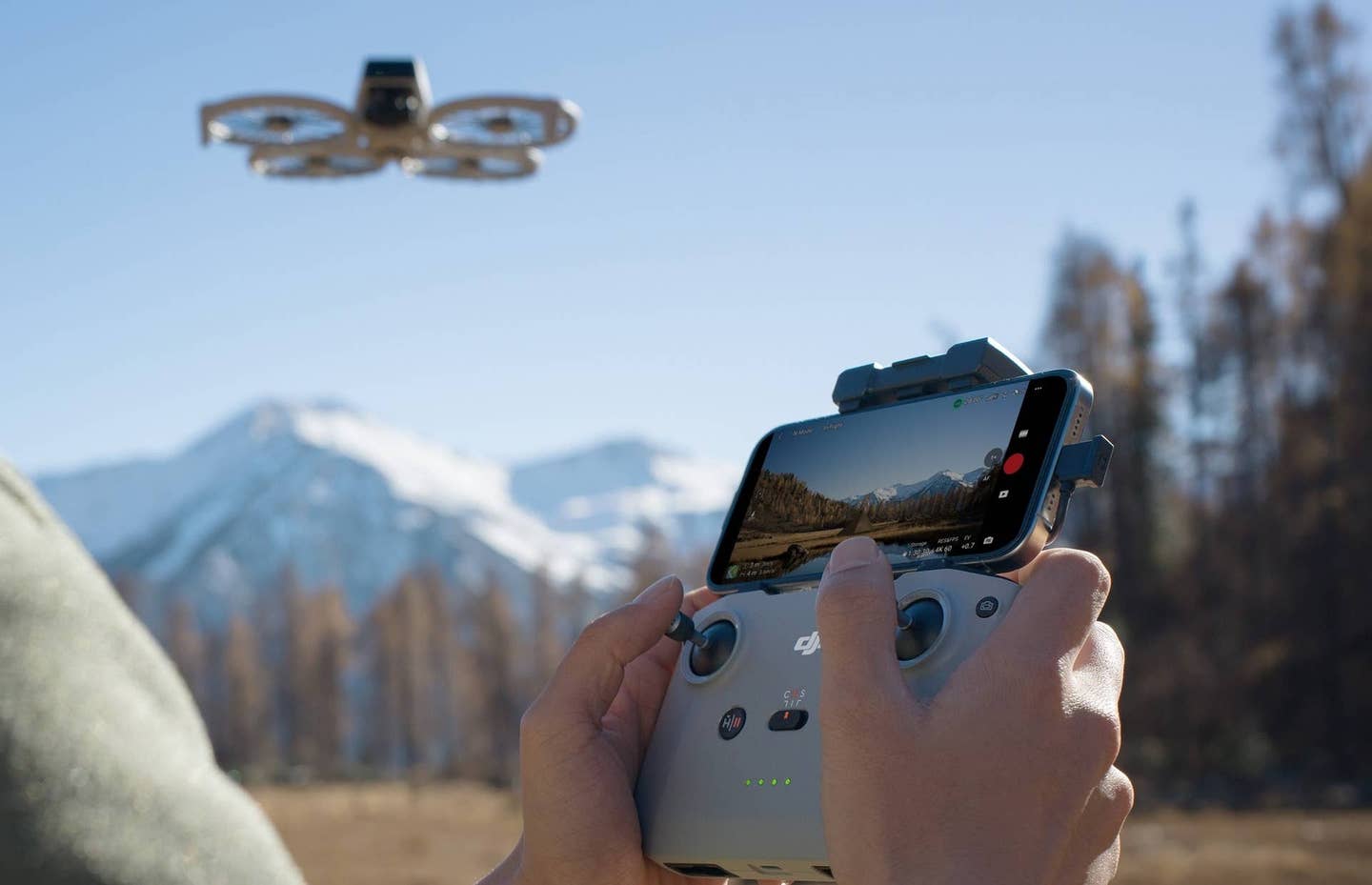
Setting drone service prices can be a challenge for a new pilot or even for some seasoned veterans. [Courtesy: DJI]
Are you looking to make money as a commercial drone pilot? I was in 2017 when I started my drone service company and found plenty of it. Commercial drone pilots are benefitting from an industry that continues to grow each year. Now is as good a time as ever to join the ranks of the over 400,000 licensed drone pilots in the United States.
So how much can you make? There are a lot of factors that go into determining that, including location, training, the drones you fly, and the type of services you provide. That being said, one of the most important decisions you will make is how to set your prices, especially when looking to land high-paying clients.
Setting prices can be a challenge for a new pilot or even for some seasoned veterans. In this article, we'll walk you through how to price your services strategically to get the most out of your market and land those high-paying clients every pilot wants.
Who Can Earn Money Flying Drones?
Before jumping into how to price your services, it's important to mention who can become a commercial drone pilot. If you plan to use a drone to earn money in the United States, you can only legally do so if you have a license from the FAA. To get the Part 107 license, you need to meet the following requirements.
- Be at least 16 years old
- Be able to read, speak, write, and understand English
- Be in a physical and mental condition to safely fly a drone
- Pass the initial aeronautical knowledge exam: "Unmanned Aircraft General – Small (UAG)"
The exam covers everything from the reading of sectional charts to where and when you can fly a drone. If you don't already know how to read sectional charts, weather reports, or understand the rules associated with drones, you'll probably need help learning the material. Check out online courses like those offered by Altitude University, Gold Seal, and the Pilot Institute to learn everything you need to know for the test. You can also purchase study materials from trusted aviation supply stores like Sporty's.
Understand the Market and Your Niche
Before you can set your prices, you need to understand your market. When I first started in the drone business, I lived in rural Montana. Few people were using drones back then, and business was slow. When I did get work, it was often for things like basic real estate photography jobs, and I would be lucky to earn $50 and a few extra bucks for gas. Fast forward a few years to when I moved back to California, and the same type of work would bring in at least $400 per gig. Understanding your market matters.
- READ MORE: When Do You Need a Drone License?
You need to do the following to get a clear picture of the market.
- Identify your niche
- Research competitors
- Understand average market rates
Drone pilots can choose to provide one type of service or diversify and offer several. Some of the more common services include real estate photography, roof inspections, crop management, thermal inspections, and mapping. Not all services are created equal. Thermal inspections, for example, require more sophisticated equipment and training than real estate photography. This means a pilot can typically charge more for this service.
With so many licensed pilots, you will almost certainly have competition. Look for pilots that offer the same or similar services as you plan to. What rates are they charging? How booked out is their schedule? Use the information you gather to determine the price range of the market.
- Pro tip: You can use platforms like UpWork, Thumbtack, the Droning Company, and Droners.io to see what other pilots are charging in your area.
Once you have an idea of the average high and low rates for the market, you can determine where you fall along the scale. If you are new and are only offering basic aerial photography without editing, you'll need to start near the lower end. Remember that nothing says you have to stay within the range. If you think you can offer more than your competition, price your services accordingly.
For example, at one point in my career, I was a licensed real estate salesperson in California. When I take on real estate photography jobs, I let my clients know I have had the training to identify red flags on a parcel that may be of concern to them. I also provide a report on the property in addition to the photos and videos I capture, with marketing tips and notes on what I saw. Since the client is getting both the pictures they need and an expert opinion on any issues that need to be addressed before a sale, I can charge a higher rate than most pilots in my region.
Break Down Your Costs
Now that you have a better understanding of your market, it's time to figure out your costs. Traditional models for this include looking at your fixed costs (drone, licensing, insurance), variable costs (travel, editing time), and the time you invest in a project to determine an hourly rate or quote on a project. I calculate my rates using an acronym I developed a few years ago, ARROW+T. Here's how it works.
- First, the "A" stands for the average hourly rate. You can use your market research to help determine this, but I usually start with $150/hr for basic work. A portion of this number reflects my fixed costs like insurance.
- Next is the first "R," which is for rough time on site. This is the time it takes to set up, fly, pack up everything, and leave.
- The second "R," is for the remaining work. This would be things like editing the images once you get back.
- The "O" stands for other costs. These are the things outside of your normal work as a drone pilot. For example, when I film remote parcels of vacant land, clients sometimes would like me to purchase a "For Sale" sign and place it on the land. The cost of the sign and my time associated with digging the hole would fall under the "O."
- "W" stands for wear and tear. I add a small amount to each job that covers the wear and tear on my vehicle, drones, and other equipment over time.
- And finally, there is the "T" for travel. Gas, airfare, hotels, food, and things like tolls are included in this number.
Here is an example of how it all comes together. Let’s say a client asks me to film a parcel of land that is 50 miles from my office. They need a standard package of pictures and videos, but nothing fancy. They would also like me to leave a "For Sale" sign on the parcel. In one or two photos, they would like me to draw in the parcel boundary lines; other than that, no editing is needed.
- A = I'll use my standard rate of $150/hr
- R = I can complete the work in 2 hours
- R = Since there is only a small amount of editing needed, I'll add $25
- O = The "For Sale" sign will cost $10 plus the time to dig a hole for it, so I'll make this $15
- W = There is nothing too crazy on this job, so I'll just make wear and tear an even $10
- T = Based on my car's mileage and the average gas price, travel will be $30
So, when we add that all together, the total I would charge the client for this project is A($150) X R(2) = $300 + R($25) + O($15) + W($10) + T($30) = $380
Position Yourself as a Premium Service Provider
Now that you can calculate the price for your services, it's time to go for those high-paying clients. It may seem counterintuitive, but most high-paying clients don't look for the lowest price. These types of clients understand they need to pay for pilots who are more experienced and have better equipment. Here are some tips for making you stand out from the crowd.
- Invest in high-quality drones, supporting gear, editing software, and customer experience. Don't expect to land high-paying clients with equipment that cannot produce the quality of the product they are paying for.
- Develop a professional website, portfolio, and testimonials. You may also want to build a town reel. These can show your capabilities in areas your clients are familiar with and can instantly make a connection to.
- Use storytelling and case studies to highlight your results.
- Consistency in branding is key. Your logo, colors, tone, and professionalism should be the hallmarks of your brand.
In addition to these, make sure you know your client before trying to get their business. You should understand a little bit about their industry or needs from their perspective. Create custom proposals for them rather than the generic ones you give most clients. You should also be very confident in your pricing when working with high-paying clients. If there is a question on price, highlight the value you bring and the return on investment it provides for them.
With an in-depth understanding of your market, niche, and competition, you can calculate your costs with ease and set appropriate rates. Use tools like the ARROW+T model to calculate your costs, and you can bid confidently on any project that comes your way. Remember, high-paying clients are out there, but you are required to be professional and confident at all times. When looking to win the business of these individuals, provide custom quotes and sell the value of your services. Do this, and you'll see the bookings coming in no time at all.
FAQ
Do I need a drone license to offer free drone services while building a portfolio?
Yes, even unpaid commercial work requires a Part 107 license under FAA rules.
What types of drone services are most profitable in 2025?
Mapping, thermal inspections, and construction progress tracking tend to pay the most.
Can I run a drone business part-time while working a full-time job?
Yes. Many pilots start part-time and grow as demand increases.
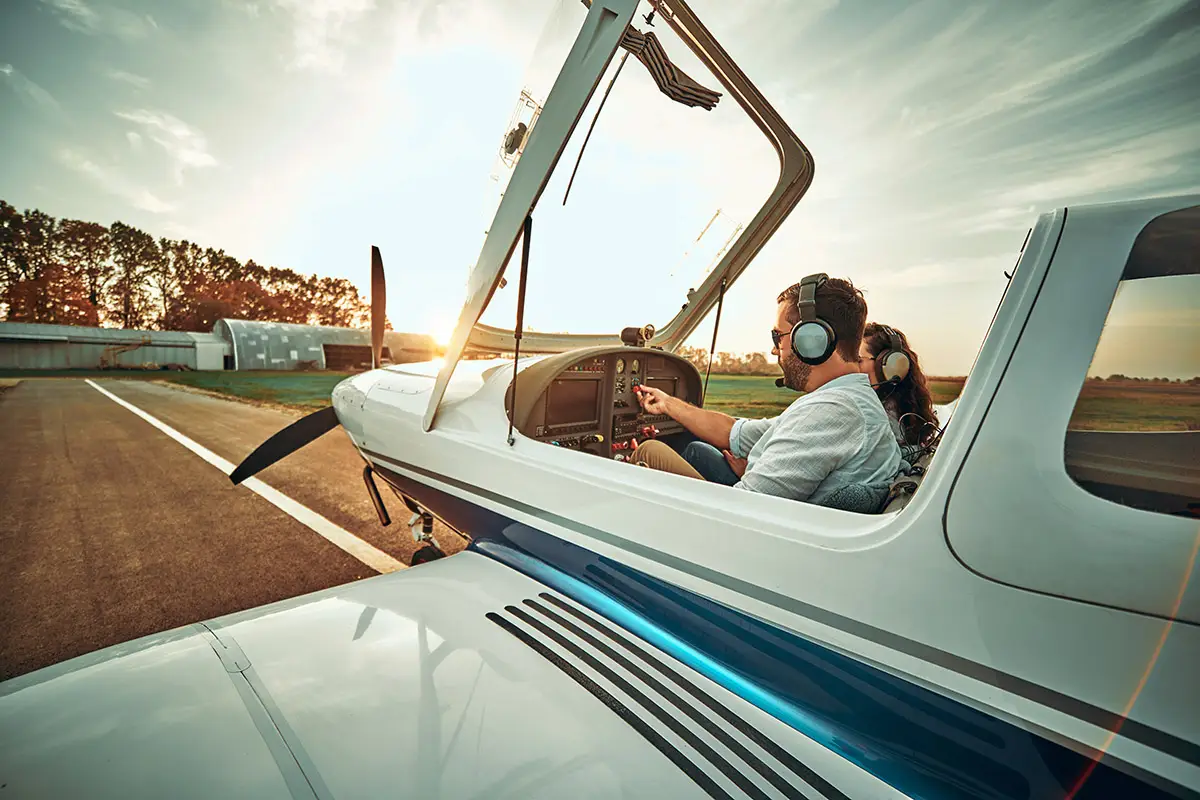
Sign-up for newsletters & special offers!
Get the latest FLYING stories & special offers delivered directly to your inbox

